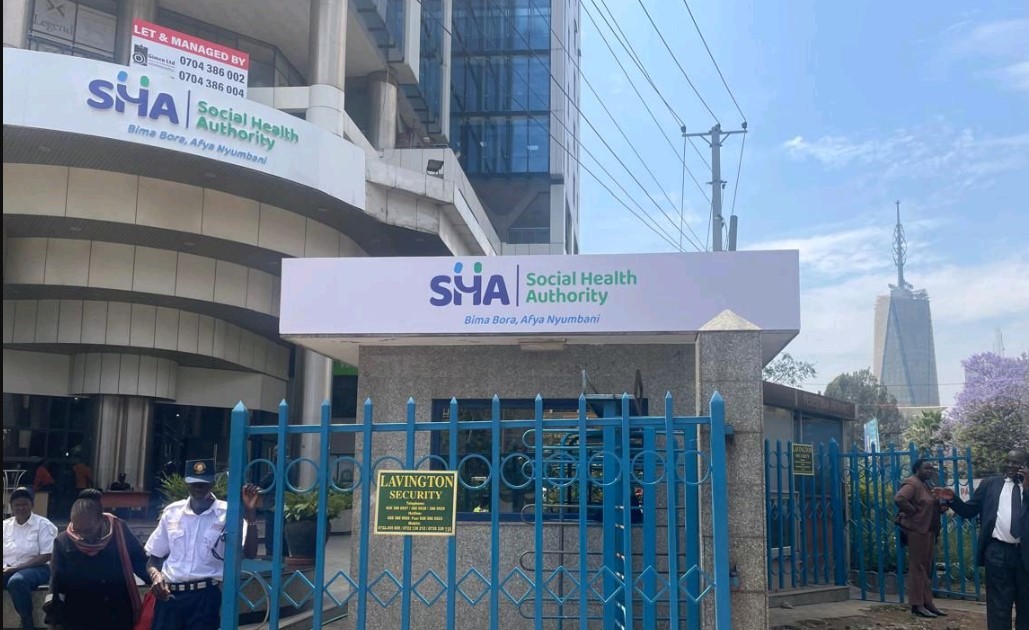Survey reveals private hospitals lag in transition to SHA, with only 42 per cent fully adopting

Earlier in the week, a survey by the SHA's Engagement Forum revealed ongoing challenges for hospitals in logging into the system, pre-authorising claims, and admitting patients.
A recent survey conducted by the Rural Urban and Private Hospitals Associations (RUPHA) reveals that only 42 per cent of private hospitals in Kenya have fully transitioned to the Social Health Authority (SHA) portal.
This leaves many premium health facilities outside the scope of the new insurance plan.
More To Read
- Over 100 facilities accredited by SHA to provide cancer care after protests
- MPs back Bill banning commercial surrogacy, sale of human embryos
- Over 160 newborns, 14 mothers died during Kiambu doctors’ strike - Health CS Aden Duale
- From free to unaffordable: Why more Kenyan women are giving birth at home again
- SHA board names 23 assistant directors following competitive recruitment process
- Four suspects arrested for defrauding man of Sh251,000 in fake SHA registration scheme
The survey, released on October 9, 2024, indicates that while 75 per cent of transitioned hospitals can access the new system, the rollout has been marred by technical issues.
RUPHA has assessed the success rate for patient registration and verification at 50 per cent, highlighting persistent problems with incorrect family member details.
The report notes that key challenges hampering the transition from the National Health Insurance Fund (NHIF) to the SHA include a lack of formal training in pre-authorisation and claims management for surgical patients, as well as pre-approval processes for emergency and maternal health cases.
According to the inaugural scorecard report, pre-authorisation is still disabled for most services except for renal treatment, and the complete benefits list has yet to be uploaded.
The report rates SHA capitation, e-contracting, billing, and financial burden as the worst-performing sectors, with a dismal score of 30 per cent, emphasising the urgent need for improvement to ensure continuity of care for patients.
“The transition has introduced several challenges in system access, claims processing, capitation, and financial management for healthcare providers,” RUPHA chairman Brian Lishenga said.
“This assessment highlights areas of improvement and those requiring urgent attention to ensure a smoother transition and continuity of care for patients.”
As of October 6, less than 10 per cent of healthcare providers managed to complete electronic contracts due to ongoing website errors. This contradicts earlier claims from the SHA that 95 per cent of system issues had been resolved.
Lishenga noted that currently, the SHA website remains unavailable to most providers, severely impacting service delivery, particularly for those not previously contracted to the NHIF.
In terms of the capitation model, the technical working group has completed only three out of ten required tasks, including establishing, drafting a proposal, and holding an initial meeting.
However, significant tasks such as identifying hospitals, redistributing patients and disbursing funds are still pending.
Meanwhile, the financial strain on hospitals persists as a joint committee formed on October 6 has yet to convene to tackle these challenges.
The report reveals improvements have been noted in the processing of dialysis claims, but billing and coding issues continue to plague other services.
It notes that providers with login credentials are currently able to bill for emergency and maternal health services. However, technical difficulties with the system persist, resulting in problems with patient premium payments that could lead to lapses in coverage.
Earlier in the week, a survey by the SHA's Engagement Forum revealed ongoing challenges for hospitals in logging into the system, pre-authorising claims, and admitting patients.
The SHA Healthcare Providers Consortium reported that 64 per cent of providers lacked the necessary credentials to access the SHA system, rendering them unable to treat patients under the new framework.
The SHA has also faced challenges with its digital claims processing systems, forcing providers to revert to manually filling out claims forms. This change came after protests from providers who encountered difficulties accessing the system.
Initially, the SHA had integrated two digital claims processing systems, Apeiro, a subsidiary of an Abu Dhabi-based investment firm, and eOxegen from India. However, both systems failed to perform after the SHA went live on October 1.
The latest system, developed by Savanna Informatics, has also shown security vulnerabilities, raising concerns over the protection of Kenyans' contributions to the health system.
Top Stories Today













































